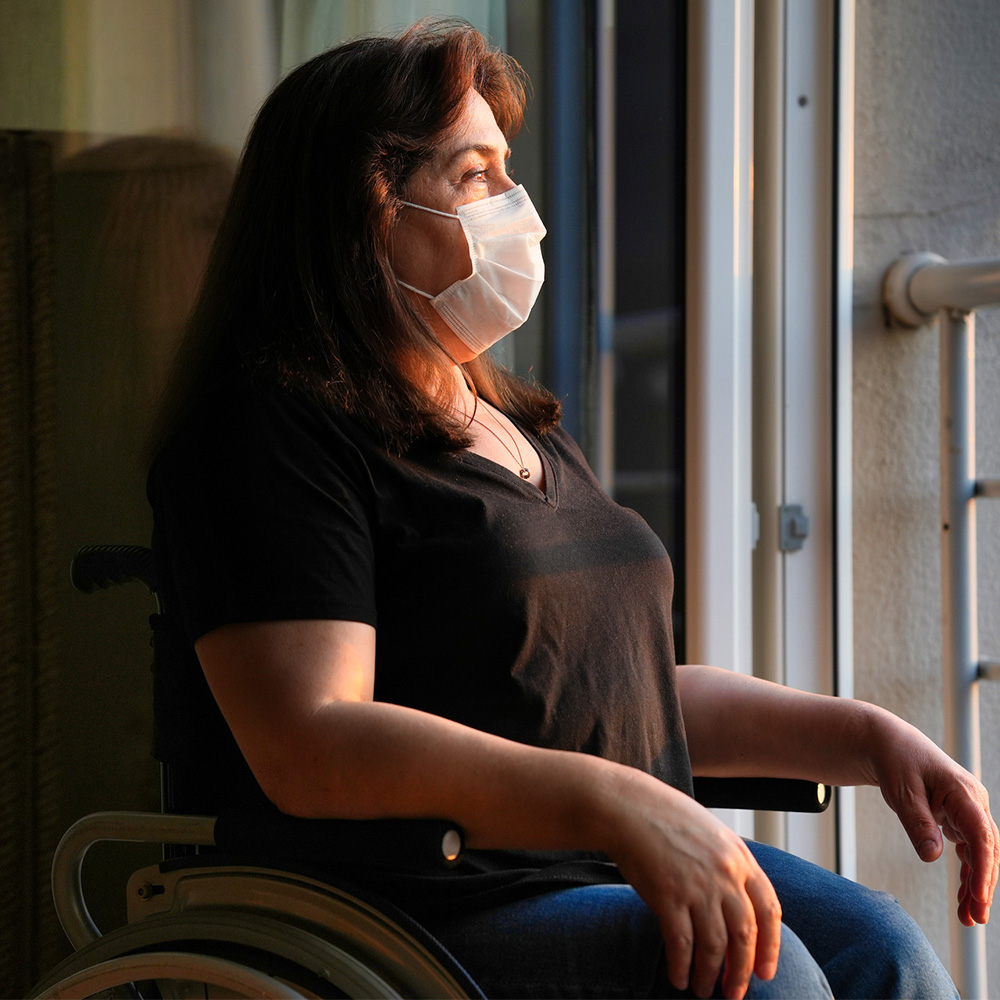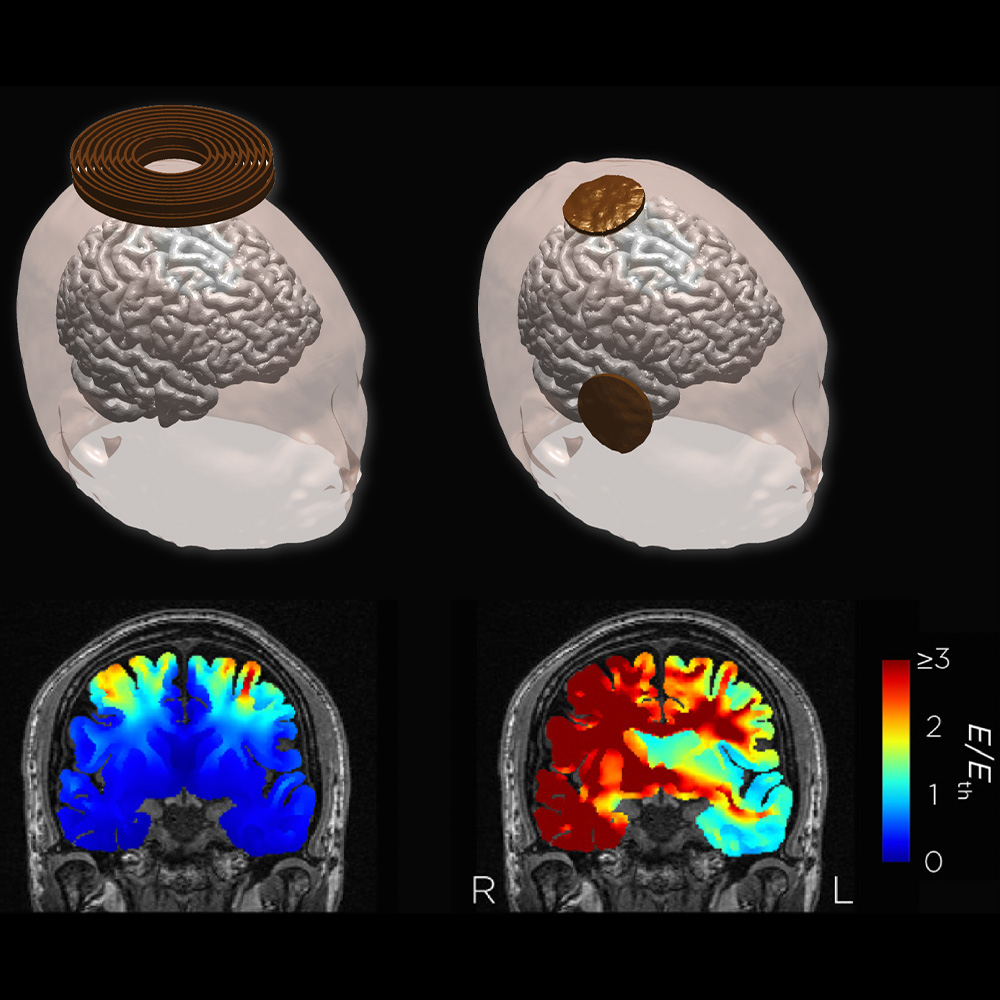Symposium presents latest in imaging applications, opportunities

DALLAS – March 15, 2018 – Advanced imaging experts from UT Southwestern and elsewhere nationally shared the latest innovations in imaging technology aimed at accelerating biomedical discovery and improved patient care at a recent symposium hosted by the Advanced Imaging Research Center (AIRC).
The event, titled “Imaging Metabolism in Brain Disease,” included sessions on brain cancer, imaging after concussion, genetic errors of metabolism, neurodegeneration, the challenges of neurometabolism, applications of a technology called hyperpolarization that enables improved imaging of molecules, the latest MRI principles and uses as a mechanism for cancer prognosis, as well as guided tours of AIRC facilities.
UT Southwestern’s AIRC and Peter O’Donnell Jr. Brain Institute collaborated with The National Center for In Vivo Metabolism in hosting the two-day annual symposium. The event provides attendees information on the Center’s latest developments, activities, and training opportunities for researchers on campus and across the UT System.
“Each year, we want to make others aware of what there is and what we can provide, with the intent to use noninvasive imaging along with stable isotopes and radioactive tracers to the benefit of patient care,” said Dr. Craig Malloy, Medical Director of the AIRC and Professor of Radiology and Internal Medicine.
In his presentation, Dr. Malloy talked about the four recognized eras of metabolic imaging and suggested the specialty was entering a fifth – high-specificity metabolic imaging. “We need better technologies to help solve issues like obesity and Type 2 diabetes through their metabolic pathways, and we’re starting to see that emerge,” he told symposium attendees.
This year, the speakers and session moderators included faculty and imaging leaders from UT Southwestern, UT Dallas, Yale University, UC San Francisco, Johns Hopkins University, UC San Diego, the Mayo Clinic, Loma Linda University, and Washington, D.C.-based Children’s National Health System.
“Bringing so many brilliant people together in and of itself is energizing,” said Dr. A. Dean Sherry, AIRC Director. “It is exciting to see so many imaging applications that detect specific biological processes in cells. This provides new insights into disease that anatomical imaging simply does not provide. Seeing flux [the rate of diffusion or transport of a substance across a permeable membrane] through metabolic pathways in cells is not only exciting but also powerful.”
Dr. Ralph DeBerardinis, who presented “Metabolic Outliers in Humans: Analysis of Inborn Errors in the -Omics Era” at the symposium, combines biomedical research with clinical applications in his duties as a Professor at the Children’s Medical Center Research Institute at UT Southwestern (CRI), Director of CRI’s Genetic and Metabolic Disease Program, and Chief of the Division of Pediatric Genetics and Metabolism at UT Southwestern.
“There are more than 400 identified inborn errors, many of which are treatable if their metabolic pathway is understood,” said Dr. DeBerardinis, who also is affiliated with UT Southwestern’s Eugene McDermott Center for Human Growth and Development and the Harold C. Simmons Comprehensive Cancer Center. In addition, he is a practicing physician and Division Director of Pediatric Genetics and Metabolism at Children’s Health.
The Genetic and Metabolic Disease Program at UTSW, Dr. DeBerardinis said, is continuing to work through sequencing and metabolite profiling to identify other outliers using mass spectrometry. The state now routinely screens for more than 30 diseases in newborns, regardless of family histories. “But that’s a small tip of the iceberg. There could be as many as 5,000 genes that regulate metabolism in humans, and this number suggests that many inborn errors remain to be discovered,” he said.
Traumatic brain injuries were discussed in the Concussion sessions, moderated by UT Southwestern’s Dr. Christopher Madden, Associate Vice President and Clinical Director of the O’Donnell Brain Institute and Professor of Neurological Surgery. Dr. Joseph Maldjian, Professor of Radiology and faculty member of the AIRC, presented his latest MRI findings as well as head impact data obtained through sensors installed in youth football helmets. His lab handles large amounts of neuroimaging data through an array of software platforms, and he is one of only a few radiologists to serve as a Principal Investigator of National Institutes of Health-funded studies.
Dr. DeBerardinis, a Sowell Family Scholar in Medical Research, holds the Joel B. Steinberg, M.D. Chair in Pediatrics at UTSW, and is the Robert L. Moody, Sr. Faculty Scholar at Children’s Health.
Dr. Malloy holds the Richard A. Lange, M.D. Chair in Cardiology.
Dr. Sherry, a Professor of Radiology, also is a Professor of Chemistry at UT Dallas, where he holds the Cecil H. and Ida Green Distinguished Chair in Systems Biology.




